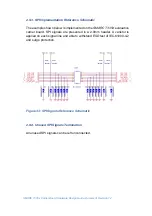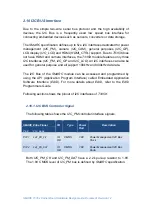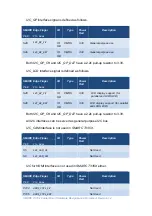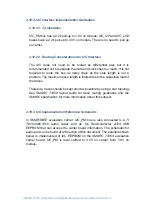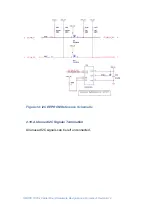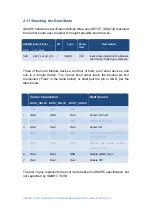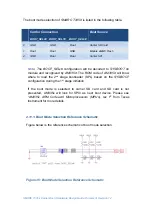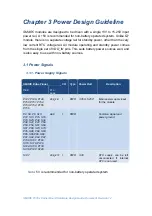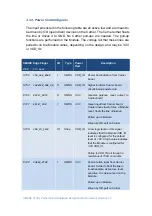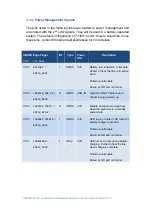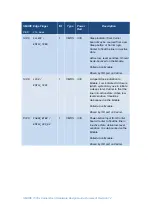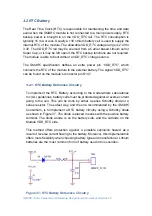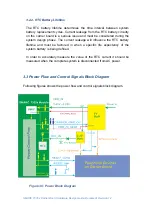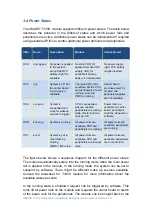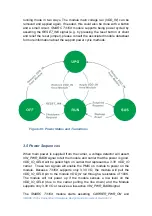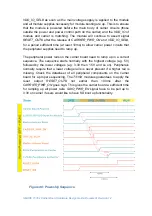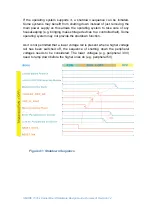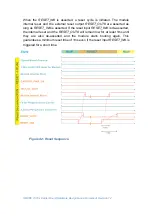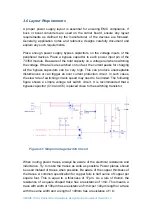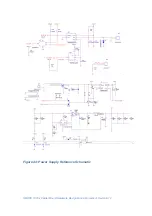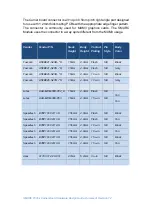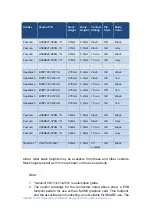
SMARC T335x Carrier Board Hardware Design Guide, Document Revision 1.2
3.2 RTC Battery
The Real Time Clock (RTC) is responsible for maintaining the time and date
even when the
SMARC
module is not connected to a main power supply. RTC
backup power is brought in on the
VDD_RTC
rail. The RTC consumption is
typically 15 mA or less. Usually a +3V lithium battery cell is used to supply the
internal RTC of the module. The allowable
VDD_RTC
voltage range is 2.4V to
3.3V. The
VDD_RTC
rail may be sourced from a Carrier based Lithium cell or
Super Cap, or it may be left open if the RTC backup functions are not required.
The module is able to boot without a
VDD_RTC
voltage source.
The
SMARC
specification defines an extra power pin
'VDD_RTC',
which
connects the RTC of the module to the external battery. The signal
'VDD_RTC'
can be found on the module's connector pin S147.
3.2.1. RTC Battery Reference Circuitry
To implement the RTC Battery according to the Underwriters Laboratories
Inc (UL) guidelines, battery cells must be protected against a reverse current
going to the cell. This can be done by either a series Schottky diode or a
series resistor. The safest way, and the one recommended by the
SMARC
Consortium, is to implement a RTC battery circuitry using a Schottky diode
as shown in Figure 37. The diode is placed in series with the positive battery
terminal. The diode anode is on the battery side, and the cathode on the
Module VDD_RTC side.
This method offers protection against a possible explosion hazard as a
result of reverse current flowing to the battery. Moreover, this implementation
offers more flexibility when choosing battery type and manufacturer. Lithium
batteries are the most common form of battery used in this scenario.
Figure 37: RTC Battery Reference Circuitry

